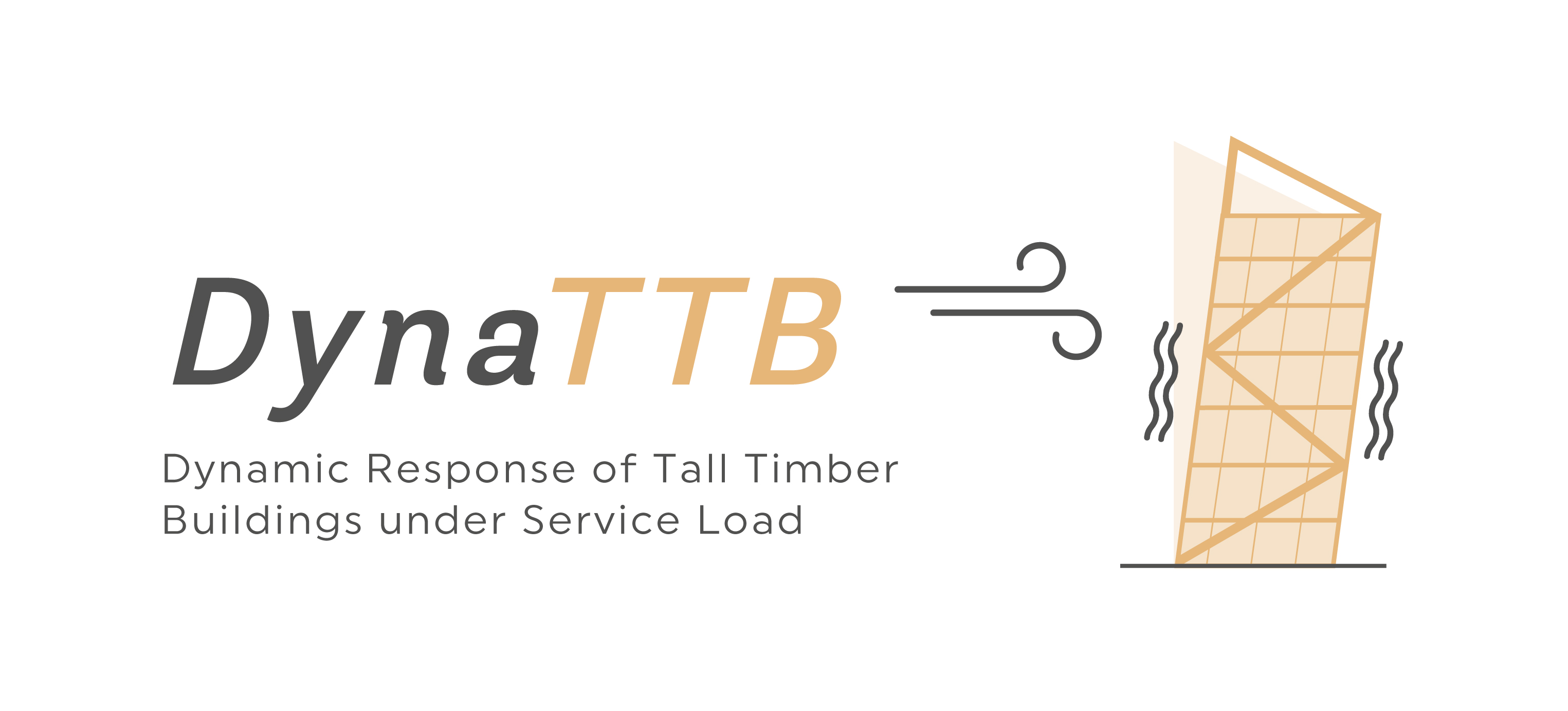Content
- Figure S1
- The effect of alcohol on neurotransmitters in the brain
- Dopamine Levels Begin to Normalize
- Population and pedigree studies reveal a lack of association between the dopamine D2 receptor gene in alcoholism
- The dopamine D2 receptor locus as a modifying gene in neuropsychiatric disorders
- Got Brain Fog? Here’s How Alcohol Affects Your Dopamine and Reward System.
Out of these, 37 were polysubstance users and 13 had co-morbid depression/anxiety/or schizophrenia, and therefore, were excluded from the study. Remaining 90 unrelated outpatients with alcohol dependence, in the age range of years, were enrolled as cases (AD). A total of 60 unrelated healthy male employees of the hospital, without any history of substance use (except nicotine) were included as controls (C). Since nicotine use is widely prevalent among males in India, neither case nor controls were excluded on the basis of their nicotine use. Diagnosis of alcohol dependence was determined by experienced psychiatrists using the DSM-IV criteria (American Psychiatric Association, 1994; [25]). The study was conducted in accordance with worldwide good-clinical-practice (GCP) standards and confirmed to acceptable ethical standards as outlined by local requirements and the Declaration of Helsinki (World Medical Association, 1989).
Why do heavy drinkers sleep so much?
Alcohol may aid with sleep onset due to its sedative properties, allowing you to fall asleep more quickly. However, people who drink before bed often experience disruptions later in their sleep cycle as liver enzymes metabolize alcohol. This can lead to excessive daytime sleepiness and other issues the following day.
Preclinical as well as clinical studies have shown that substances indirectly targeting the mesolimbic dopamine system may be potential targets for attenuation of alcohol reward. The central dopamingeric system is widely considered to play a crucial role in development of dependence to a range of psychoactive substances including opiates, cocaine, nicotine and alcohol [4–6]. The dopaminergic system influences/regulates brain reward mechanism [7, 8] and is considered a strong candidate for alcohol dependence. Alcohol, by stimulating dopamine receptors, promotes dopamine release in the ventral striatum leading to increased alcohol consumption through mechanisms involving incentive salience attributions and craving [9].
Figure S1
One possible explanation for these discrepancies may be that most preclinical studies to‐date have used forced alcohol administration which introduces an element of stress and artefact into the experiment, casting doubt on the applicability to our understanding of human alcohol dependence. In this review, we will therefore focus on studies with alcohol and dopamine clear face validity to the human condition, that is those using voluntary self‐administration. The mesocorticolimbic dopamine system (or the so‐called brain reward system, Figure 1) is one of the established neurobiological systems involved during the development and maintenance of alcohol dependence and thus one potential treatment target.

Given dopamine’s pivotal role in the development and maintenance of alcohol dependence, medications targeting dopamine does constitute an important area of research. Although promising preclinical results, the majority of results from the clinical studies with dopamine‐acting medications have thus far been discouraging. The side effects profile of many of the evaluated compounds, including typical antipsychotic drugs, render them clinically unfavourable. On the other hand, newer dopamine agents, without complete antagonism or agonism, especially the dopamine stabilizers show promise and deserve further investigation in alcohol‐dependent patients. The mesocorticolimbic dopamine system has an established role in driving the rewarding sensations from natural rewards such as food, sex and exercise, which are important behaviours to ensure our survival [6, 7] as well as among drugs of abuse, including alcohol (for review see [8]).
The effect of alcohol on neurotransmitters in the brain
Drinking heavily can also impair your cognition by affecting your diet and vitamin absorption. Some alcoholics become deficient in an enzyme that prevents them from metabolizing vitamin B1 (thiamine), or they simply don’t eat a nutrient-rich diet, causing malnutrition. The resulting deficiencies can lead to cognitive impairment and alcohol-related brain damage. These daily cognitive needs and memory are so sensitive to alcohol – just imagine party binge drinkers in movies; when they have too much they can’t even remember the night before. As a neurohormone, it’s also released by the hypothalamus in your brain, where hormones are produced to regulate your basic bodily functions and mood, like heart rate, temperature, sex drive, sleep, and hunger. Our recovery programs are based on decades of research to deliver treatment that really works.
Motivation — a process by which stimuli (e.g., the smell of food) come to trigger responses to obtain a reward (e.g., a palatable food) or to avoid a punishment (e.g., a painful electrical shock) — generally serves to maintain bodily functioning and ensure survival. This rather specific distribution pattern of dopaminergic neurons contrasts with other related neurotransmitter systems (e.g., serotonin or noradrenaline), which affect most regions https://ecosoberhouse.com/ of the forebrain. Into Action is an addiction treatment center specializing in personalized treatment for drug and alcohol abuse, conveniently located in Houston, Texas and led by experienced master’s level counselors and medical professionals. Some addictive substances affect dopamine directly, whereas alcohol and other drugs have an indirect effect. Alcohol is a small molecule, so it interacts with many neurotransmitters in the brain.
Dopamine Levels Begin to Normalize
Dopaminergic neurons reach not only the NAc, but also other areas of the extended amygdala as well as parts of the septo-hippocampal system. Consequently, dopamine acts at multiple sites to control the integration of biologically relevant information that determines motivated responding. Into Action Recovery Centers takes pride in providing a high level of treatment and a holistic approach to recovery for those who suffer from addiction. Our staff includes master’s level counselors, licensed chemical dependency counselors, 24-hour nursing professionals, a staff psychiatrist, a staff chef, and direct care personnel. Our counseling staff provides individualized treatment and care for our clients with an emphasis on tailoring treatment to the specific needs of each individual.

The study did not follow the participants to determine whether the exaggerated dopamine response actually predicted development of AUD at a higher rate, so more studies will be needed to determine if this abnormality really does increase risk of the disorder. To the best of our knowledge, this study constitutes the first association report with regard to the first two SNPs (-141C Ins/Del, TaqI B in DRD2 gene) with alcohol dependence from India. Although, association of TaqI A with AD has not been carried out in the north Indian population by anyone to date, a study from south India reported no association between TaqI A and alcoholism [24]. The study showed a significant association of -141C Ins allele and a trend of association of TaqI A1 allele of DRD2 with alcohol dependence.
Drug administration and injection procedures
Importantly, however, a similar increment in alcohol intake did not occur upon SKF treatment, indicating that an initial decrease in alcohol intake is not necessarily followed by a rebound increase in alcohol intake. The behavioural effects of sumanirole have been reported to be longer in duration than those of SKF (Gnanalingham et al. 1995; McCall et al. 2005). Based on these kinetic profiles, a longer-lasting reduction in alcohol consumption upon sumanirole treatment would have been expected. Rather, we observed an initial decrement in alcohol consumption for both sumanirole and SKF82958, followed by an increase in alcohol intake for sumanirole. These effects are therefore unlikely to be explained by differences in the kinetics of the two compounds.
- While people in early recovery may still suffer from these symptoms, as well as an inability to process large amounts of information, new cell growth will eventually begin to repair this damage as time passes.
- Dr. Kegeles and colleagues used PET brain scanning to measure the amount of dopamine release in areas of the brain important for reward and addiction.
- The activity of some of these ion channels (i.e., whether they are open or closed) depends on the voltage difference, or potential, between the inside and the outside of the cell membrane adjacent to these channels.
- It’s the chemical that drives us to seek food, sex and exercise and other activities that are crucial to our well-being and survival.
- In a healthy functioning brain, only a certain amount of dopamine is released, and they rarely fill all of the dopamine receptors that are available.
- The Indo-European (IE) and Dravidian (DR) groups have been the major contributors to the development of Indian culture and society.
Two batches of rats were used for this study; the rats in the first batch were treated with the dopamine D2 receptor agonist sumanirole (0, 0.1, 0.3 and 1.0 mg/kg) and the dopamine D2 receptor antagonist L741,626 (0, 0.3, 1.0, and 3.0 mg/kg) in a counterbalanced fashion. The rats in the second batch were treated with the dopamine D1 receptor agonist SKF (0, 0.3, 1.0 and 3.0 mg/kg) and the dopamine D1 receptor antagonist SCH (0, 3, 10 and 30 μg/kg). In addition, the effects of the highest dose of sumanirole (0 and 1.0 mg/kg) and L741,626 (0 and 3.0 mg/kg) on alcohol consumption were replicated in this second batch.
Population and pedigree studies reveal a lack of association between the dopamine D2 receptor gene in alcoholism
IAA results in high and escalating levels of alcohol intake, indicating that this paradigm is well suited to investigate biological mechanisms of AUD (Wise 1973; Simms et al. 2008; Hopf et al. 2010; Lesscher et al. 2010; Loi et al. 2010; Hwa et al. 2011; Sabino et al. 2013; Spoelder et al. 2015). We recently observed marked individual differences in alcohol intake in outbred rats using the IAA paradigm, which was related to the motivational properties of alcohol and measures of compulsive alcohol intake (Spoelder et al. 2015). We therefore used the IAA paradigm to determine the effects of dopamine D1 and D2 receptor-selective agonists and antagonists on voluntary alcohol consumption in groups of high (HD) and low alcohol drinking (LD) rats.

